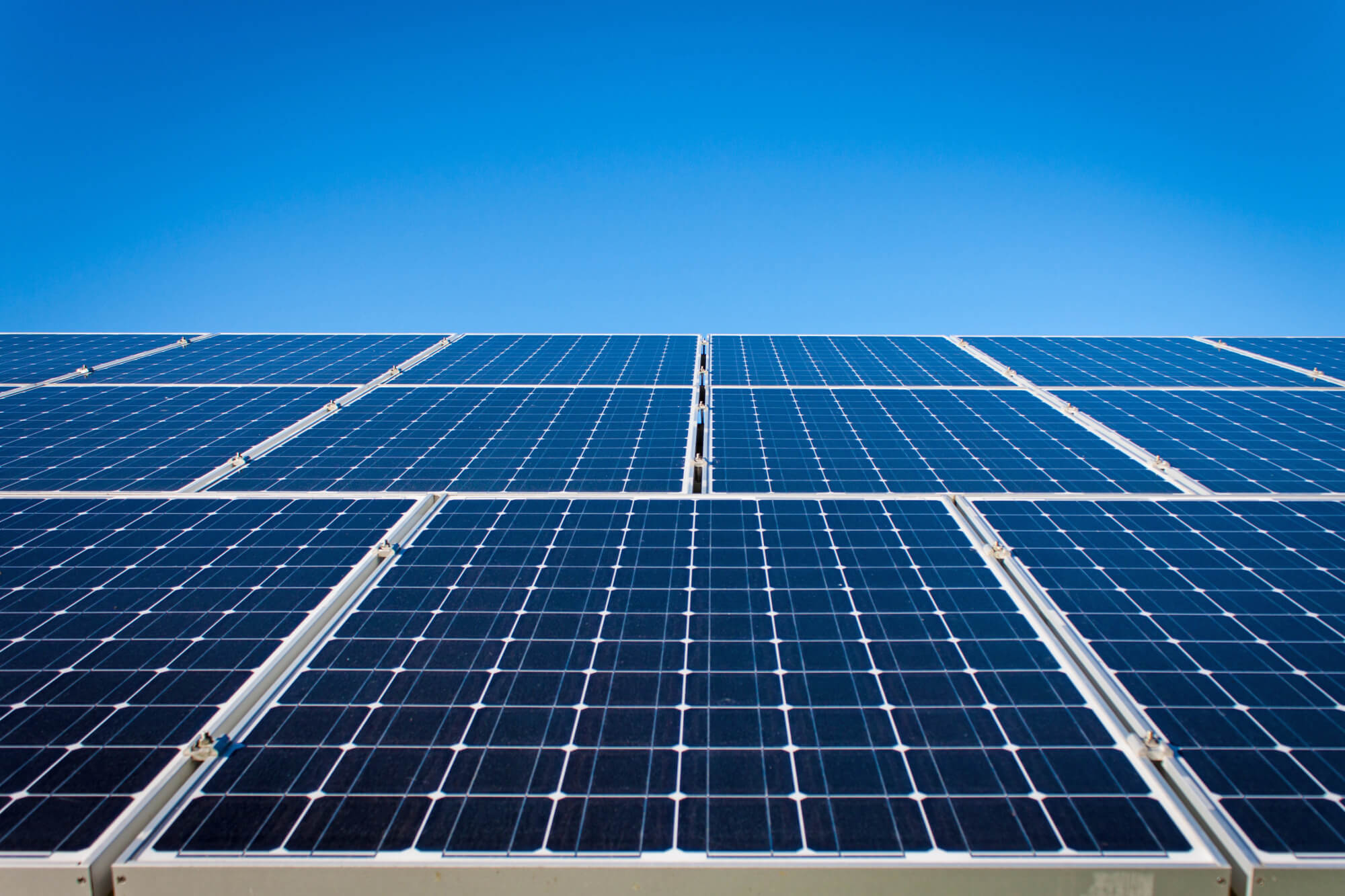Solar Module Recyclers: On a Mission to Recover More Materials with Less Energy

A survey of recycling companies points to a critical trade-off in recycling of solar photovoltaic (PV) modules. On one hand, greater recovery of valuable trace constituents such as silver can reduce lifetime environmental impacts of solar generation and make module recycling more economically viable. On the other hand, it also requires more process steps and energy consumption. To be successful, the nascent PV recycling industry will need to strike a happy medium. That said, as processes and technologies for PV module recycling advance, it may be possible to increase recovery of materials while reducing energy use.
While the massive growth in solar energy has clear environmental benefits, solar panels have a finite lifetime and could end up in the waste stream. Landfilling is not an option. Some panels contain heavy metals such as cadmium and lead that can potentially leach into the environment. Disposal of other panels could contribute to the depletion of rare elements such as gallium and indium. Recycling is not easy because panels are assembled from numerous different materials.
Most experience with PV recycling is in Europe where it is mandatory. In the United States, there are no federal regulations for PV recycling, though several states are considering or developing policies and initiatives. Because volumes of PV waste are still low, dedicated recycling facilities are not yet economically justified. Today, glass, metal, and e-waste facilities perform most PV recycling, running only periodically to process batches of modules.
The National Renewable Energy Laboratory, Wambach Consulting, and EPRI surveyed five European recycling companies about their commercial and pilot-scale PV recycling processes and examined their data on consumption of energy and recovery of materials. Four companies incorporated module recycling in their existing glass and metal lines with only minor modifications, using crushing, sieving, and other mechanical processes to separate materials. The fifth company is demonstrating a new, dedicated PV recycling system that uses mechanical, thermal, and chemical processes. Relative to the other facilities, it recovers a greater proportion of materials, particularly metals and silicon. It consumes less energy than the metal recycler and more than the glass recyclers.
As more companies develop dedicated PV recycling facilities, R&D can help them recover materials more efficiently, enhance worker safety, and reduce the toxicity of residual materials.

